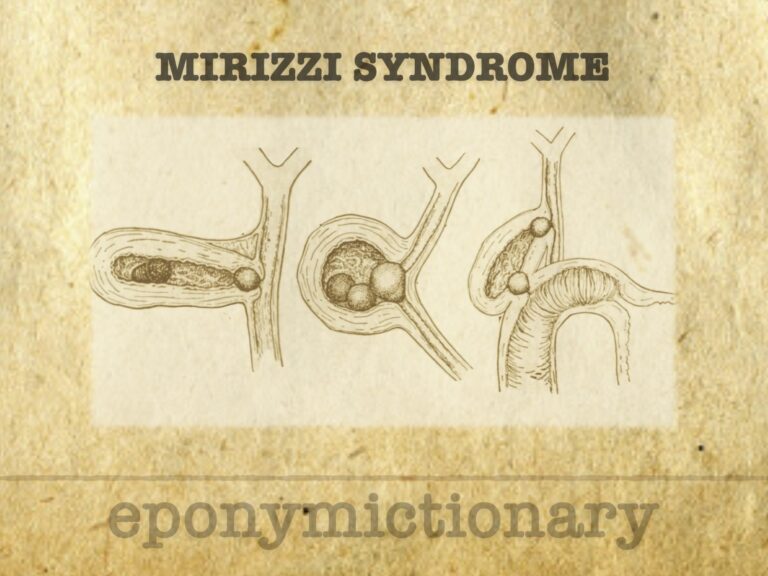
Mirizzi syndrome
Mirizzi syndrome is a rare complication of gallstone disease involving bile duct compression or fistula formation, with evolving classifications from Mirizzi to Csendes and Beltrán

Mirizzi syndrome is a rare complication of gallstone disease involving bile duct compression or fistula formation, with evolving classifications from Mirizzi to Csendes and Beltrán
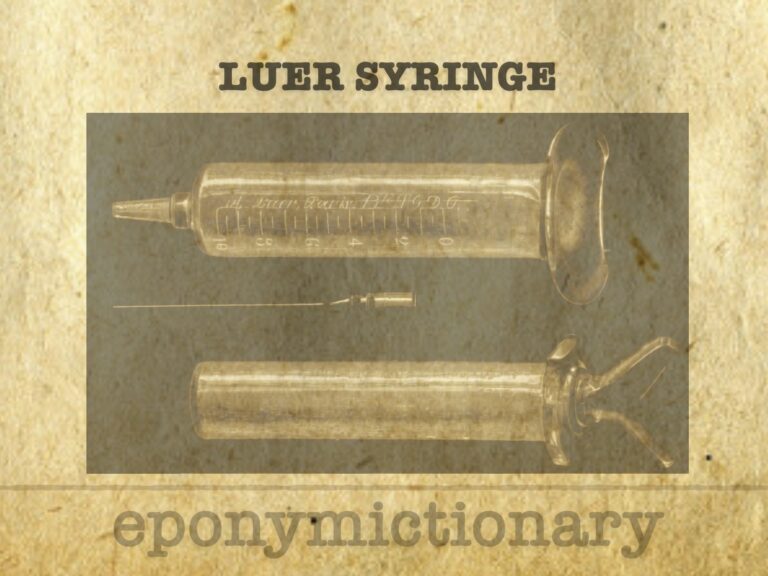
Lüer syringe (1894). Unique graduated all-glass hypodermic syringe. Invented by Jeanne Amélie Lüer; Patented by Wülfing-Lüer

Courvoisier’s sign: palpable gallbladder with painless jaundice suggests malignant obstruction, not gallstones. A key clinical diagnostic clue.

Kernohan-Woltman Notch Phenomenon (KWNP): false localising sign with mass effect and ipsilateral hemiparesis via contralateral peduncle compression.
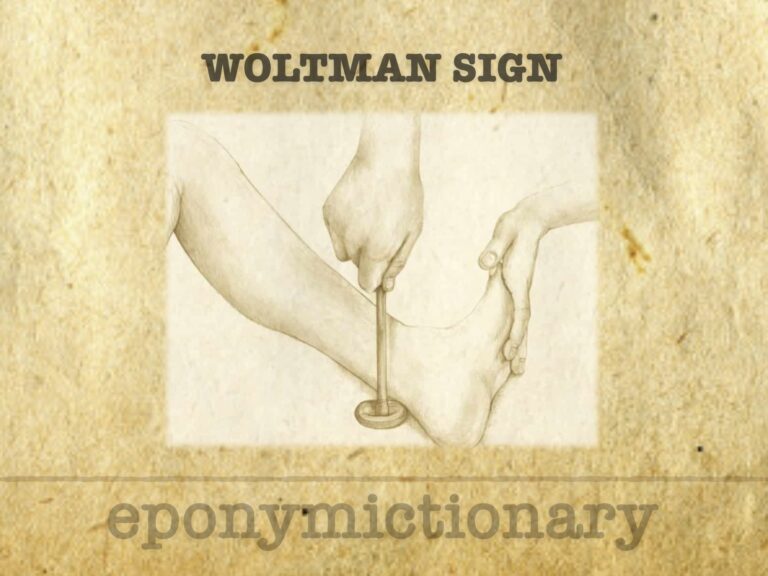
Woltman’s Sign is delayed reflex relaxation in hypothyroidism, often seen as a hung-up ankle jerk; a classic but non-specific clinical finding.
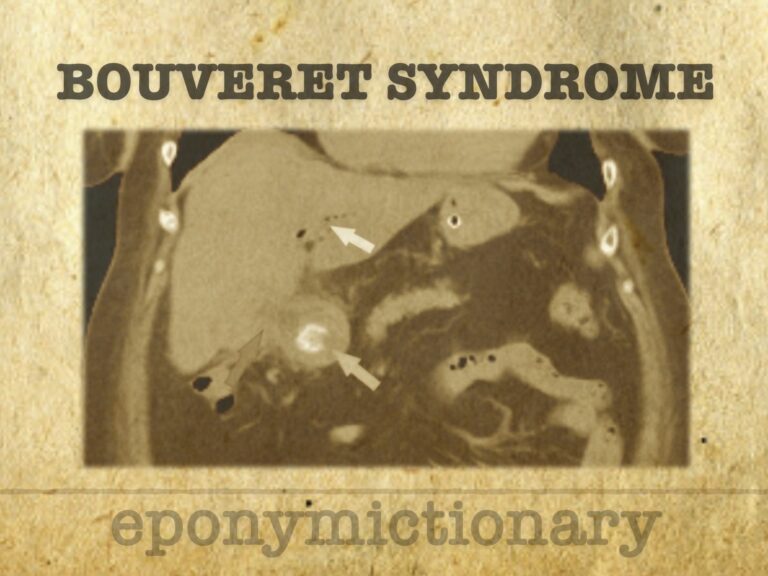
Bouveret syndrome: gastric outlet obstruction following passage of a gallstone from gallbladder to duodenum/pylorus via bilioenteric fistula
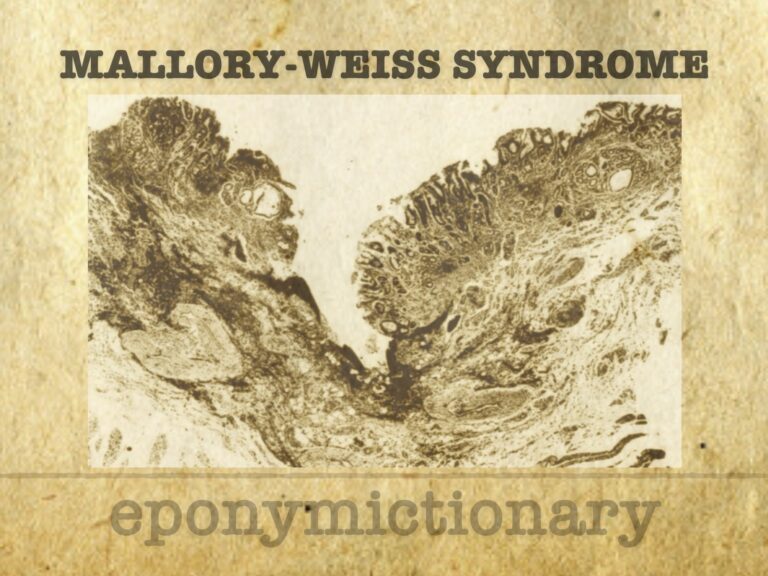
Mallory–Weiss syndrome: upper GI bleeding from gastroesophageal tears. History, key figures, first descriptions, diagnosis, and treatment.

The Weber and Rinne tuning fork tests differentiate conductive from sensorineural hearing loss using the principles of bone and air conduction.

Allen Test: a bedside exam assessing hand arterial flow via radial/ulnar patency; used before ABG, cannulation, or radial artery harvest.
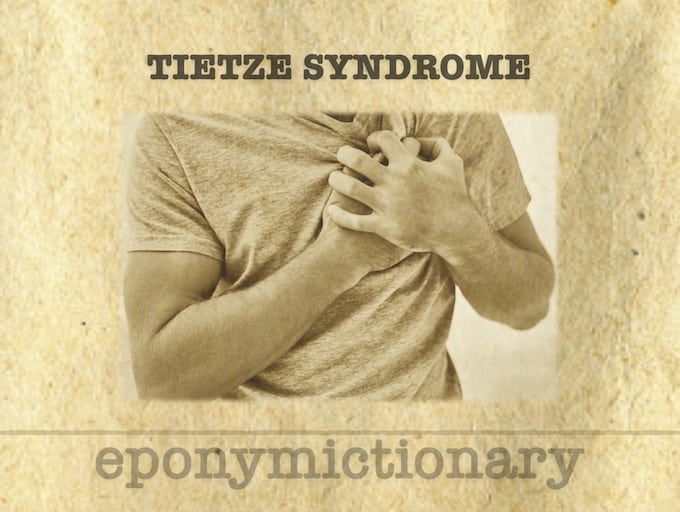
Tietze syndrome: benign swelling of upper costochondral cartilage, causing localized chest pain. Often confused with costochondritis; self-limiting.
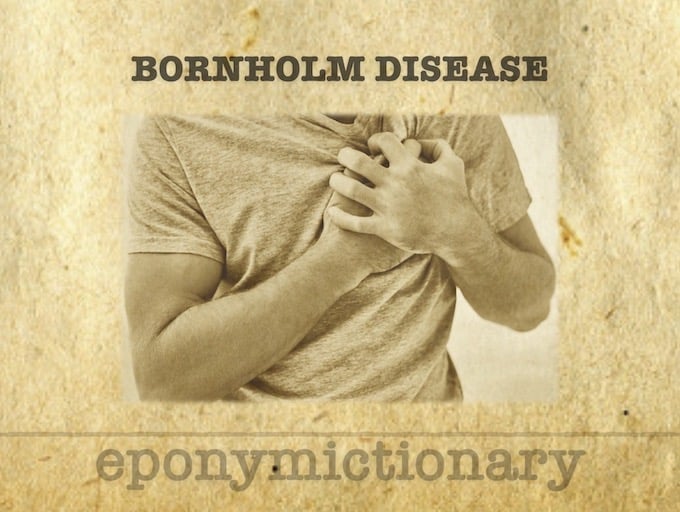
Acute, transient viral myositis involving intercostal and abdominal muscles associated with Coxsackievirus B. Eponym: Ejner Sylvest (1930)

Searchable database for medical journal abbreviations, both modern and historical, aiding researchers in accessing articles to facilitate easier navigation of medical literature through improved referencing.